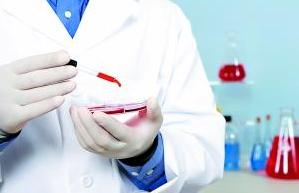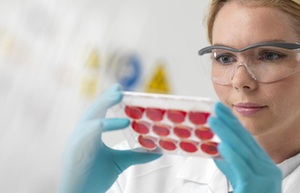Regenerative medicine sector needs more financial support from private investors
One of the most important and innovative pharmaceutical companies in Asia has its headquarters in a busy neighborhood of Seoul, nestled between insurance companies and banks, and not far from Seoul National University.
Medipost Co Ltd, launched in 2000 to research and develop stem cell and regenerative medicine products, has emerged as a leader in the space, both regionally and globally. It took a dozen years for the company to launch its first product commercially: Cartistem used to treat repair cartilages in the knee.
Between its founding and its first product launch, Medipost issued new shares six times and split its stock once. It generated some further revenue, mostly by storing umbilical cord blood, using the blood to transplant stem cells, and later by out-licensing products.
But that income was tiny compared to the cost of developing its drugs. Improbably, it managed to attract enough investors to keep going and growing.
That investment is now starting to pay off. Cartistem is just one of three stem cell products approved for sale in South Korea, and Medipost might be the only public company in the country with global ambitions.
"There are not many companies that can deal with global development in the pharmerging market," said Jay Lee, a senior director at Medipost, speaking at a conference in South Korea last month.
The "pharmerging" markets are the emerging markets for pharmaceutical products. China is possibly the biggest, but there are quite a few of them in the region including South Korea and much of the Association of Southeast Asian Nations.
Even Japan, despite its large economy, is considered an emerging market in some ways because it is often years before drugs developed elsewhere make their way down to patients there due to conservative regulations.
But much is changing in the region, particularly in South Korea and Japan. Both countries are embracing often-controversial research into regenerative medicine, including stem cells.
"There is an exceptional example of a new approach in Japan. They are looking very much, as in South Korea, to develop the stem cell space," says Dianne Jackson-Matthews, an Australia-based director at ERA Consulting Group.
For the time being, government support is driving the growth of this particular industry. Private or institutional investors are not yet convinced that taking a risk on a company developing a drug using science few people understand is worthwhile.
|
 |
 |
| Stem Cell Industrial Park under construction in Wenjiang | Medical experts call for effective stem cell treatment regulation |
